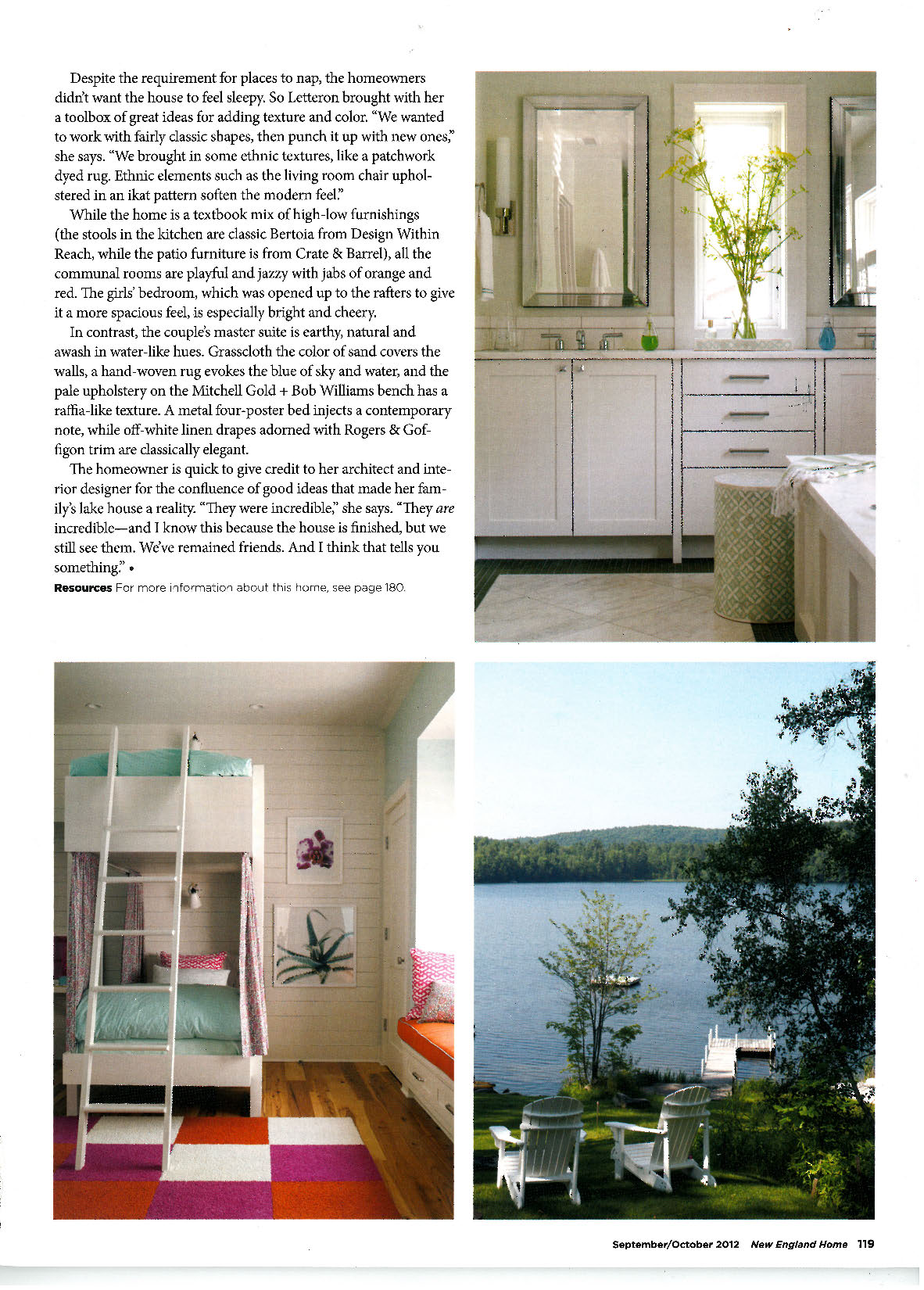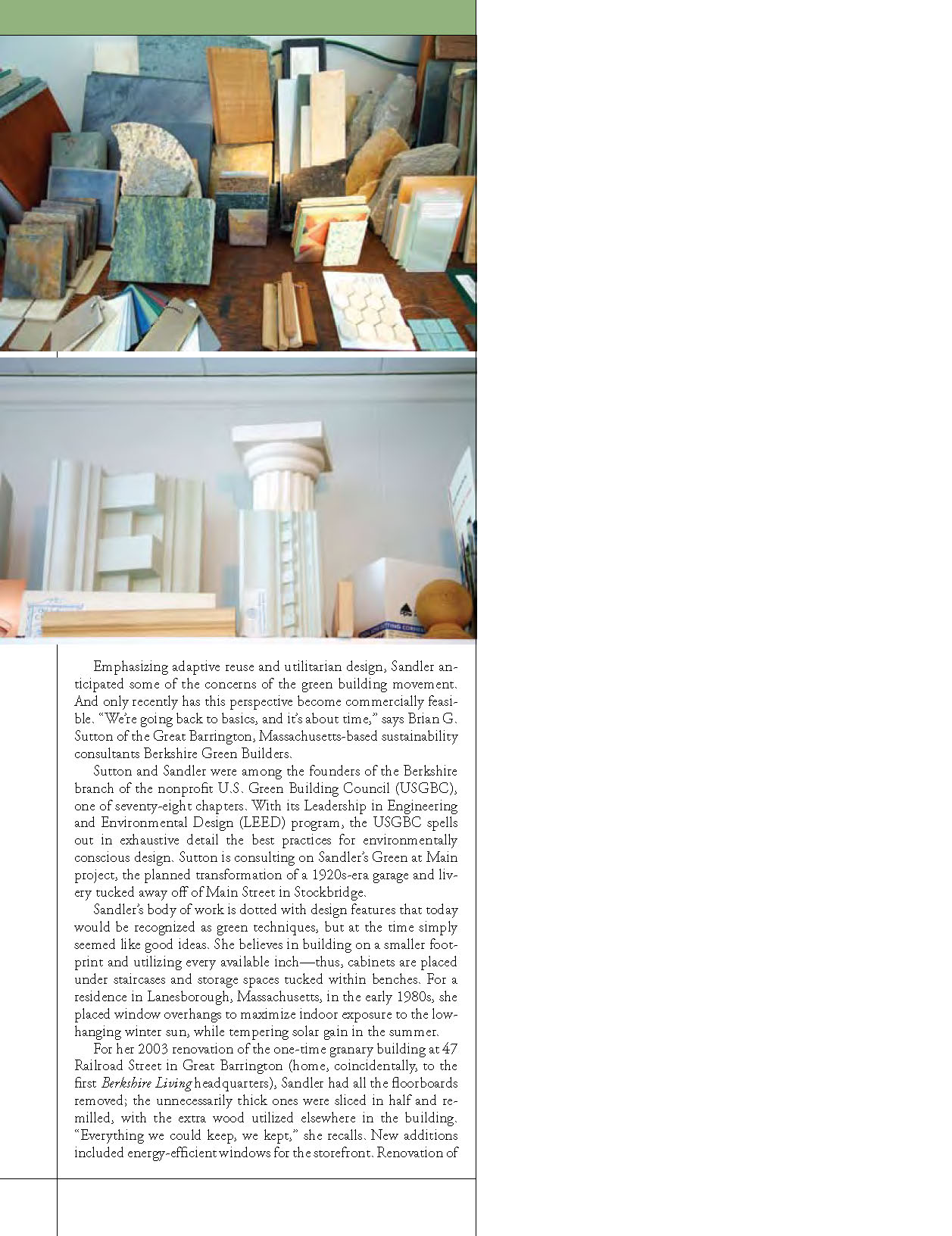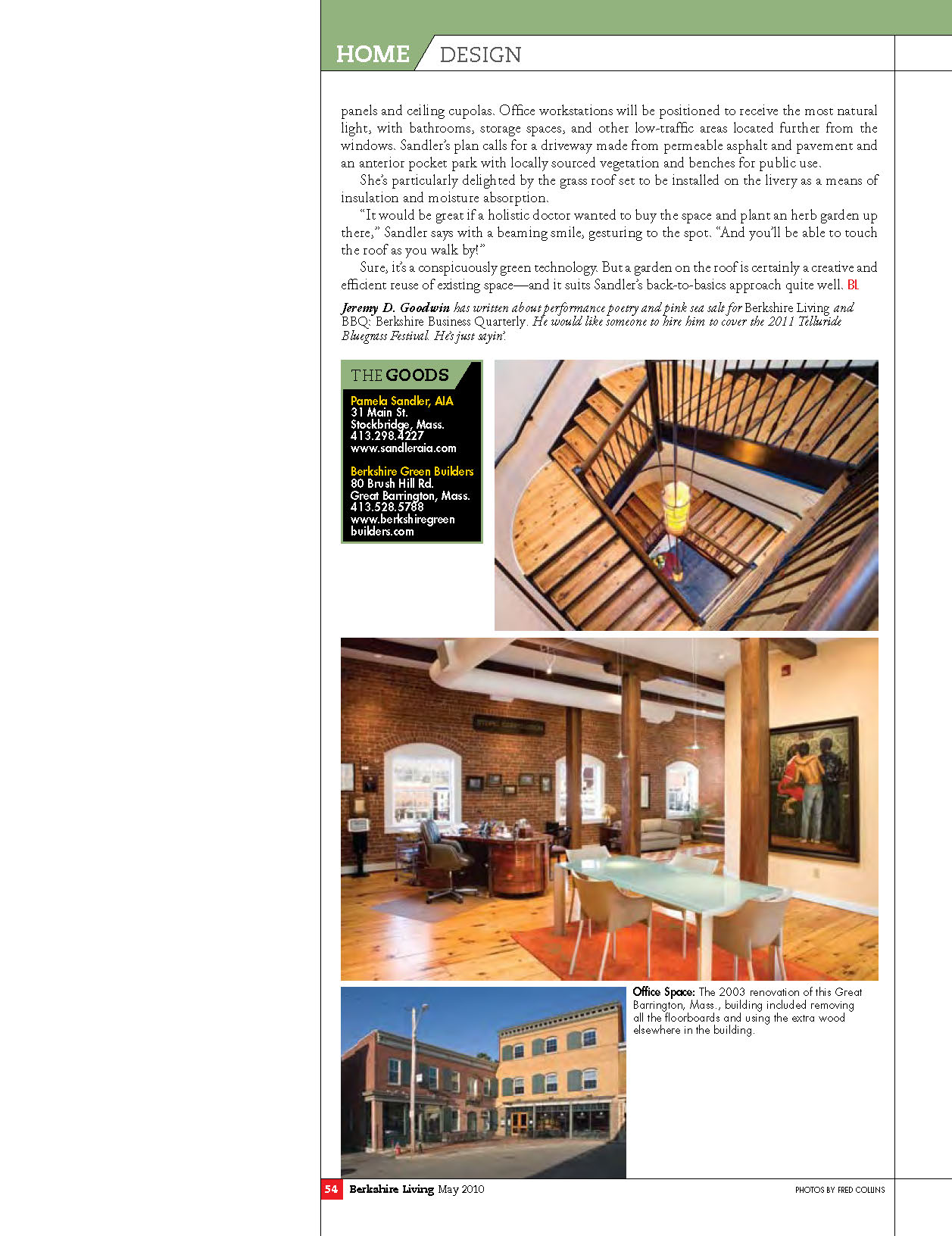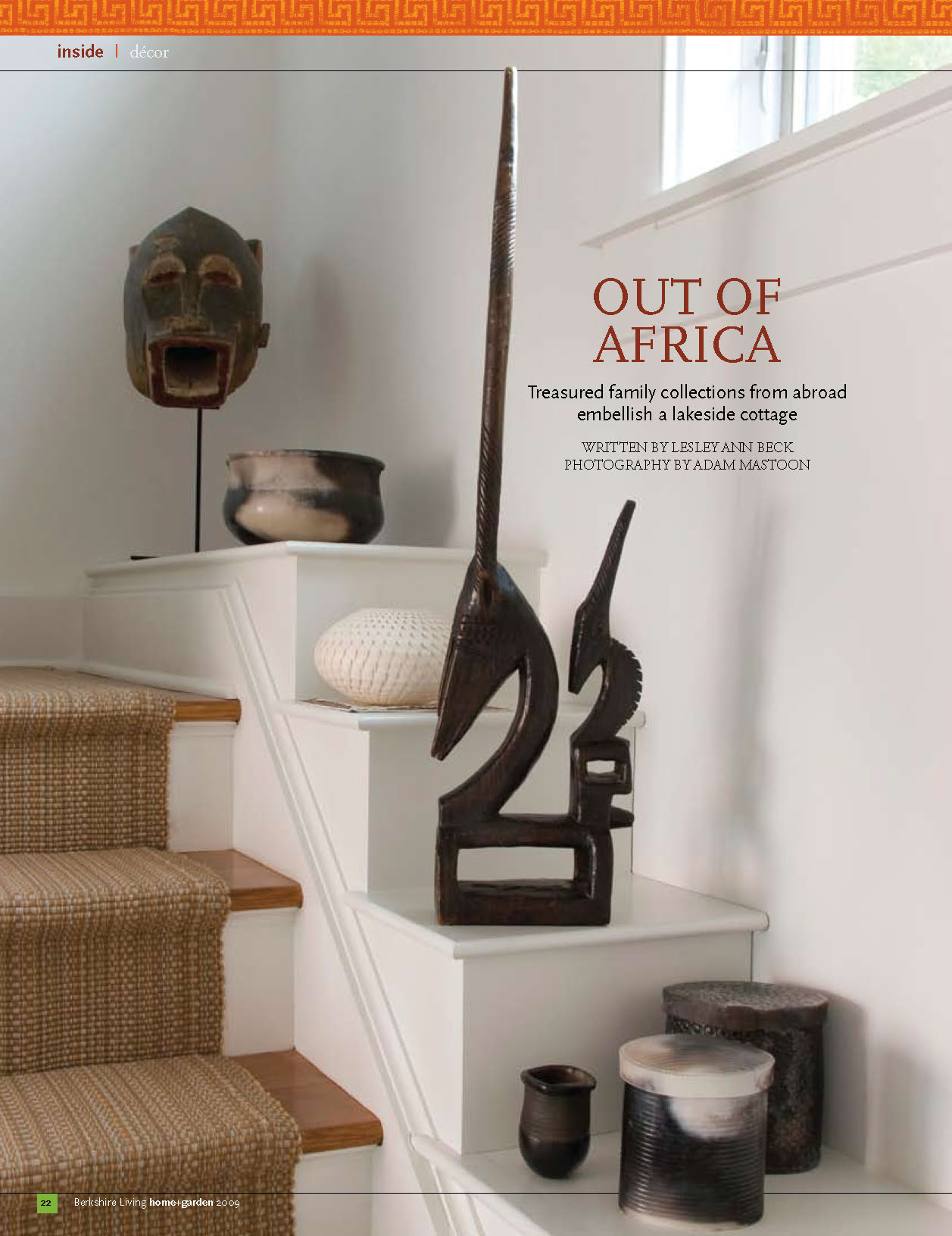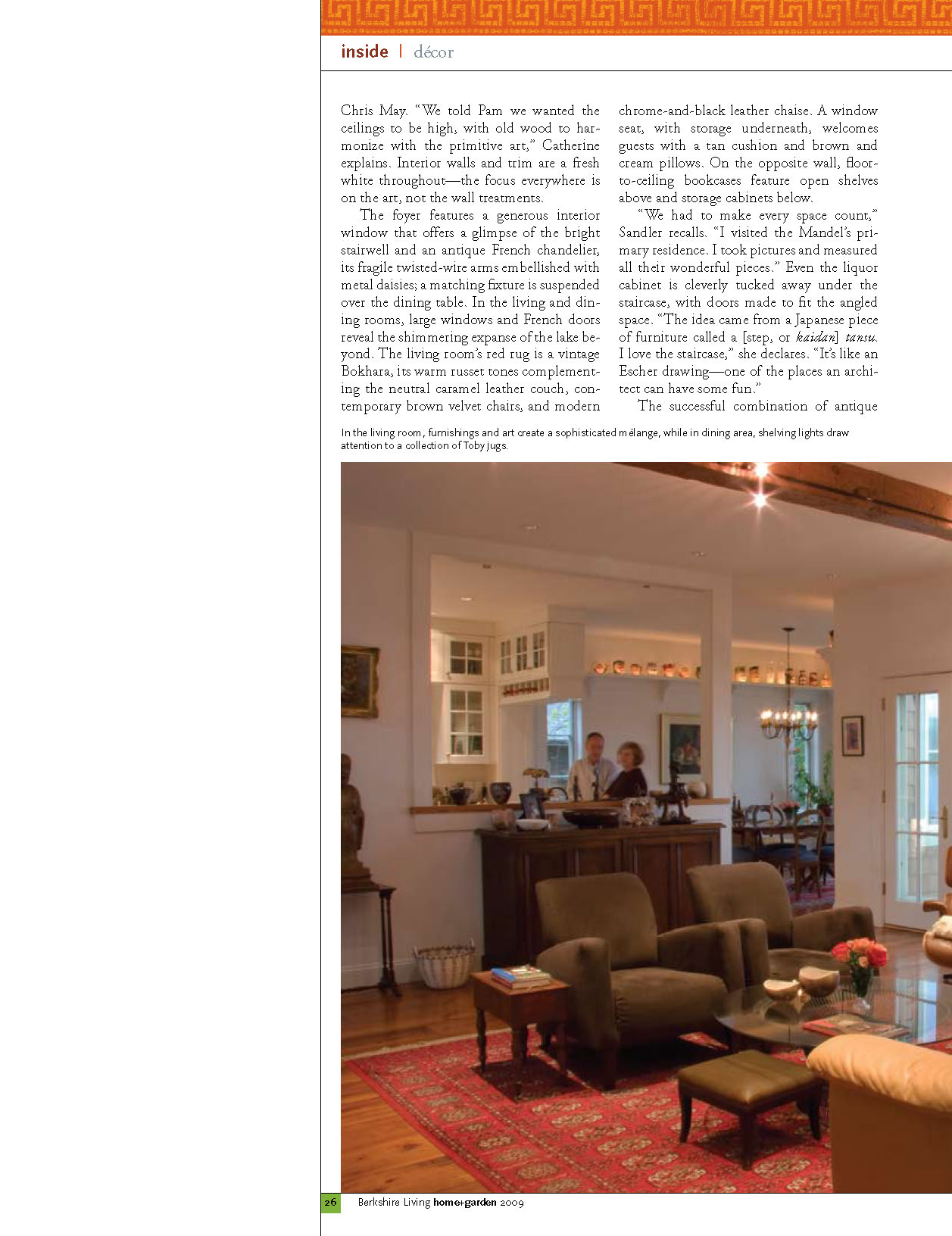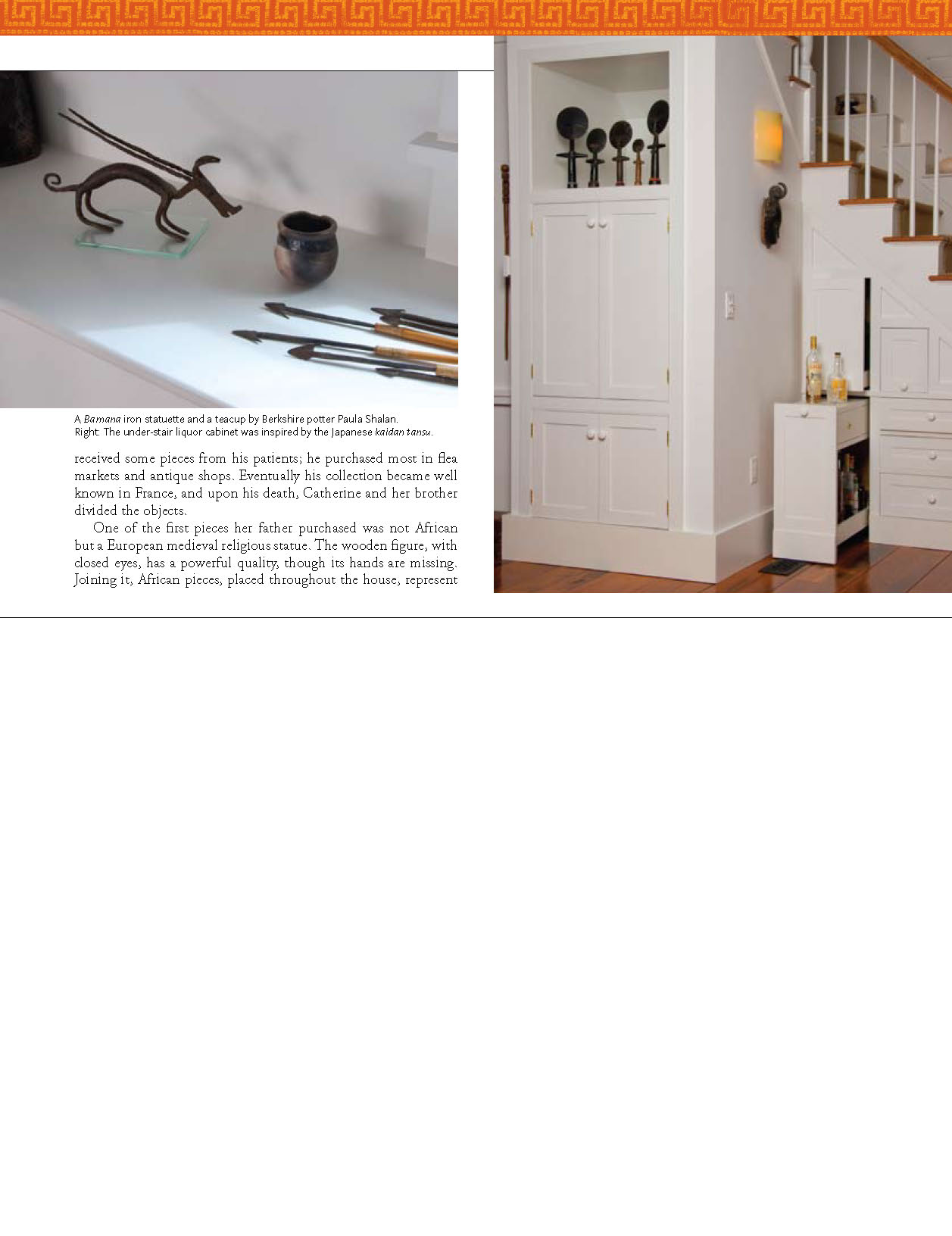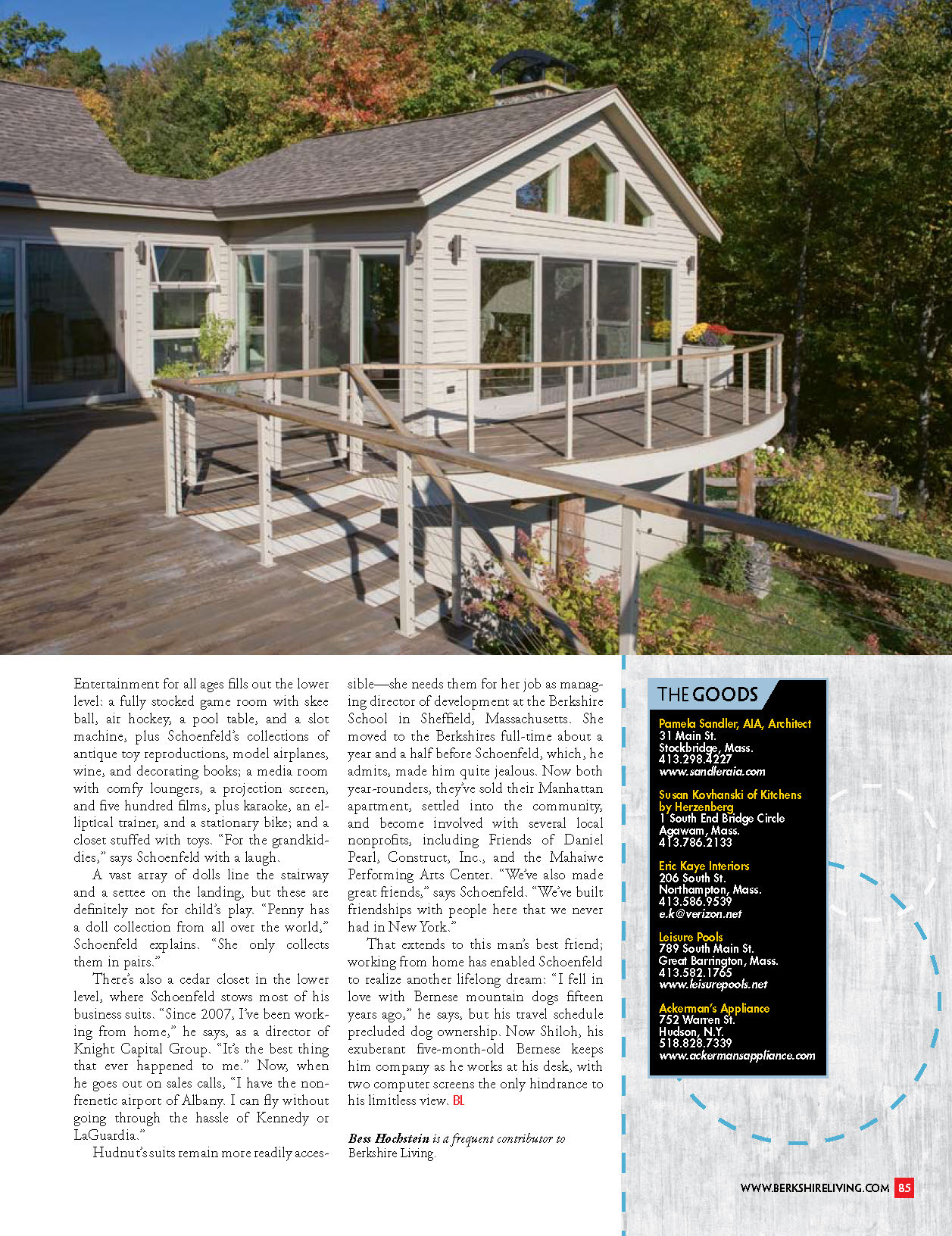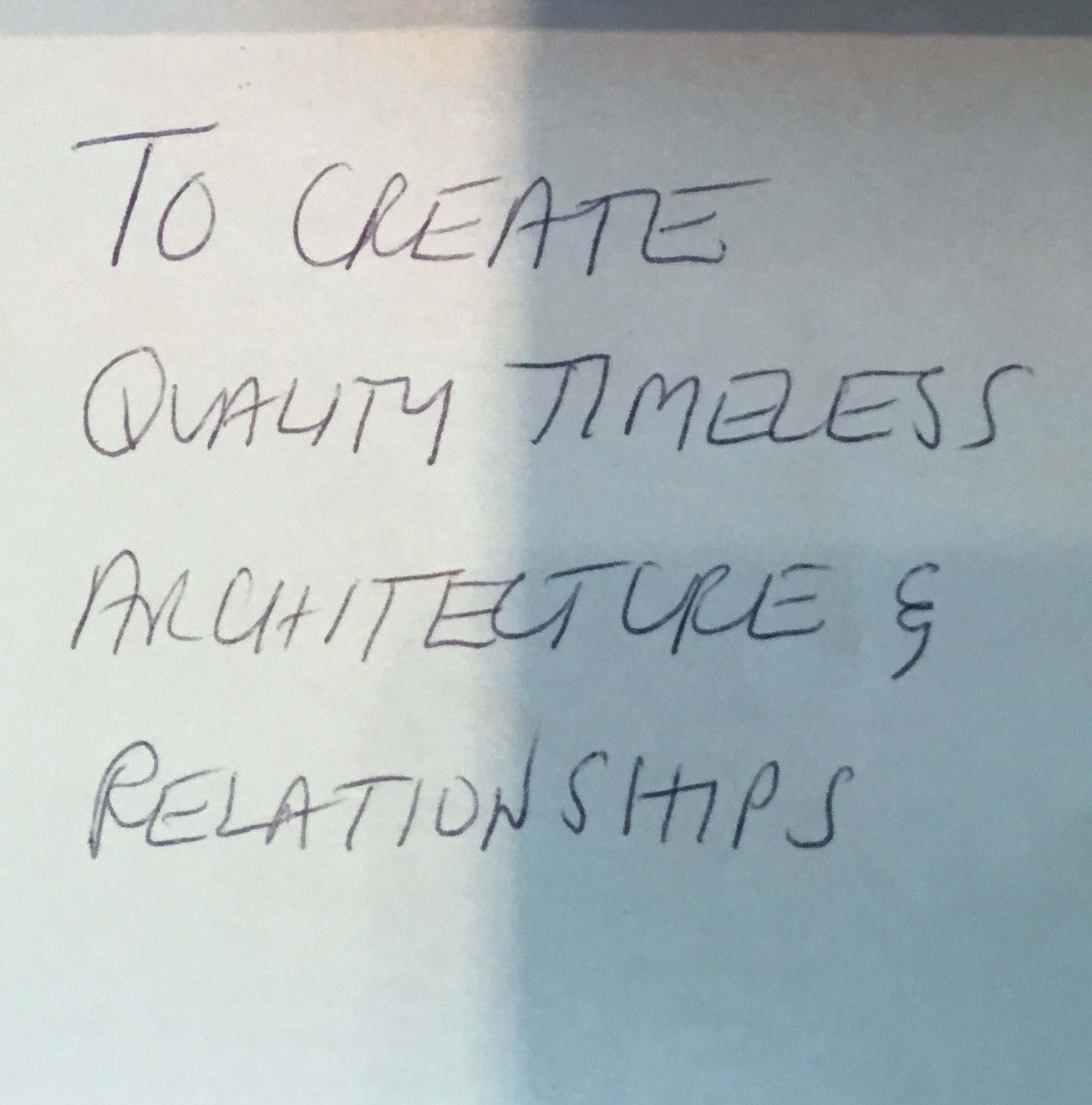
 I had $300 in startup money when I first went into business. At the time, $300 was a lot of money! For me, it meant that I had the freedom to create something very special. As a young woman architect—which was rare in 1989—hanging my shingle in the quaint Western Massachusetts town of Stockbridge (home and inspiration to illustrator Norman Rockwell) was a proud moment. More than proud. It was THE moment for me, where I shut out the tiny, annoying choruses of self-doubt, and realized that my dream of “Pamela Sandler, Architect” was a tangible reality.
I had $300 in startup money when I first went into business. At the time, $300 was a lot of money! For me, it meant that I had the freedom to create something very special. As a young woman architect—which was rare in 1989—hanging my shingle in the quaint Western Massachusetts town of Stockbridge (home and inspiration to illustrator Norman Rockwell) was a proud moment. More than proud. It was THE moment for me, where I shut out the tiny, annoying choruses of self-doubt, and realized that my dream of “Pamela Sandler, Architect” was a tangible reality.
Of course, making dreams a reality requires a lot of work. Saying “yes” to just about any job that came down the pipeline during those early years was a must. In the years leading up to opening Pam Sandler AIA, I took on a lot of different jobs. One of my first jobs was designing a house in New Hampshire that had a stone wall running through it. I met the client at the hardware store, and I think I made $8 an hour on that job, but I was so thrilled. I once designed an oven exhaust hood for a Chinese restaurant to gain experience and money.
That’s how I got started. Most small business owners know that you do whatever it takes.
I designed a house for Tom Hoadley, the famous potter, and his wife Stephanie. He said, “I know exactly what I want,” and as he was talking about the design, I drew a sketch of what I thought it should be and put it in my pocket. Just a sketch. The whole house was a well-insulated cube, and I knew that the only way to change the interior space was to put everything askew, to not feel like one was living in a box. Tom was thrilled with outcome. He still lives in that house!
Along that path, those small design and sometimes odd jobs, I discovered the solid foundation of my mission: I want to bring my clients joy. The kind of joy that is the result of communication and a lot of conversation, and really getting to know who my clients are and how they live in their particular space. In fact, before I do any work for a client, I visit their primary residence. It may not be the space they hired me to design, but it is the space they live in day to day. People can tell me how they live, but in order to truly understand and feel the way they live it’s something an architect must see and experience.
Once I was visiting a client couple in their home in Philadelphia. The husband was a psychiatrist. I walked through their entire home, really running my hands over the place—you have to get personal with the space! As I was doing this, he was watching me, a little frustrated. Once he realized what I was doing, trying to get a real feel for the space he and his family called home, he relaxed and said, “Now I understand how personal you will get when working with us.”
I mean it. Whatever it takes to bring joy.













